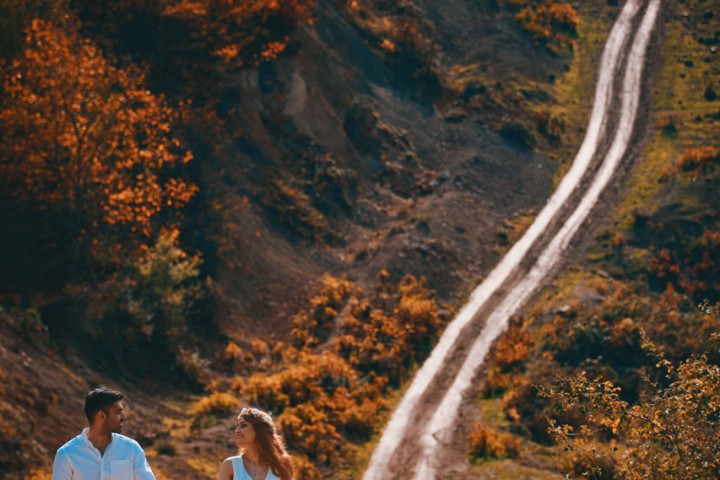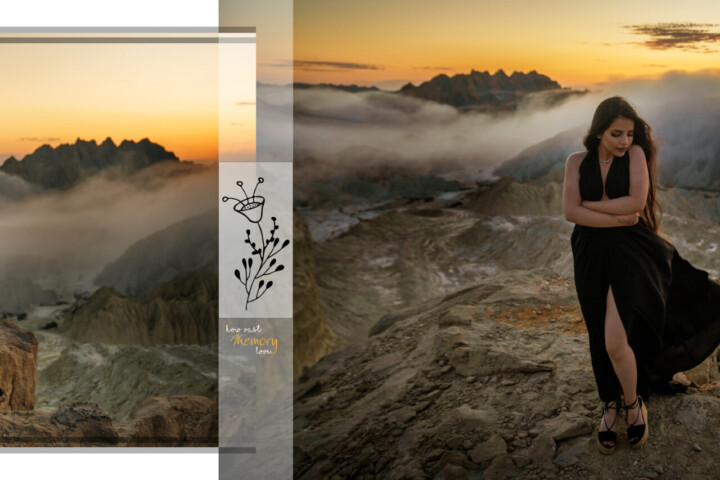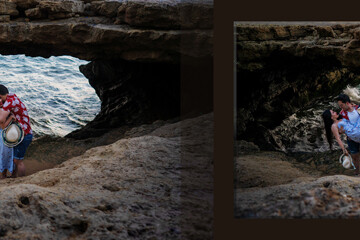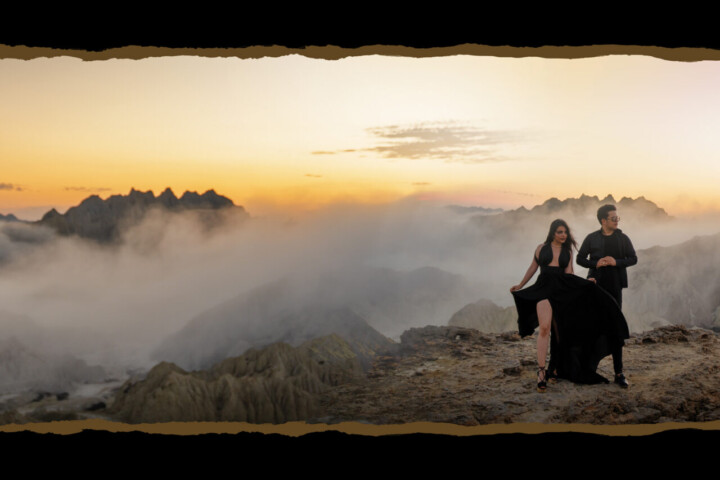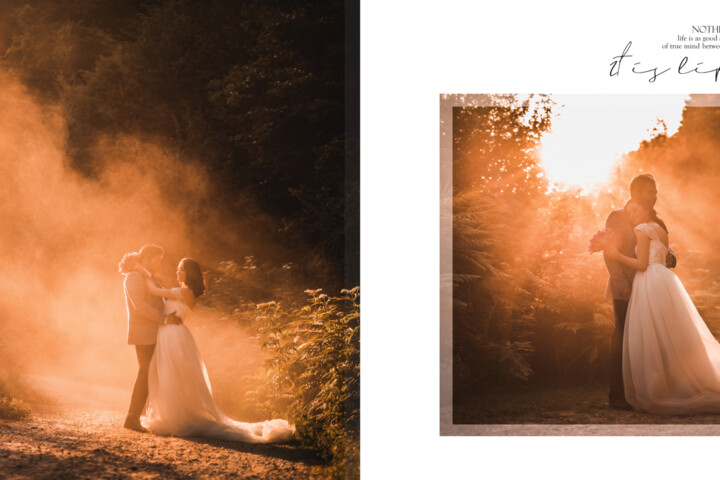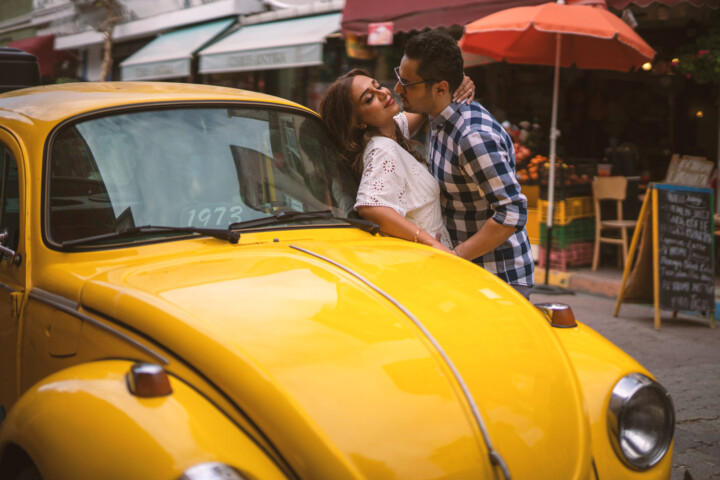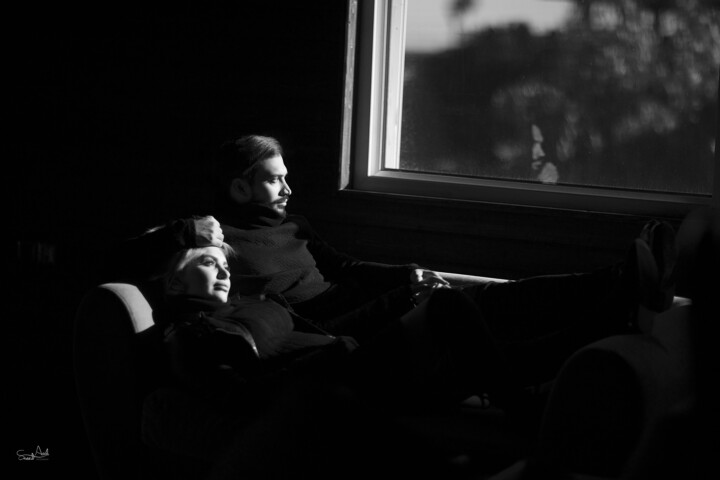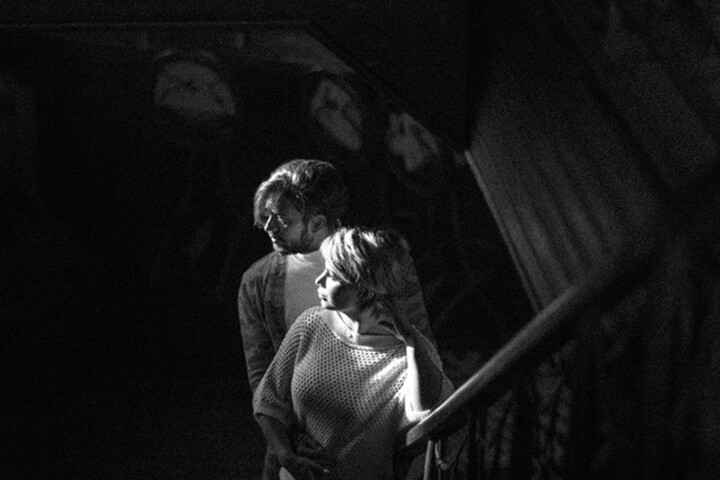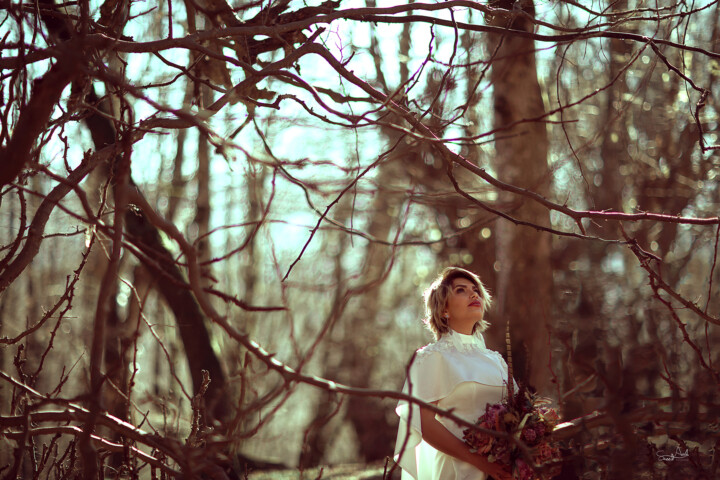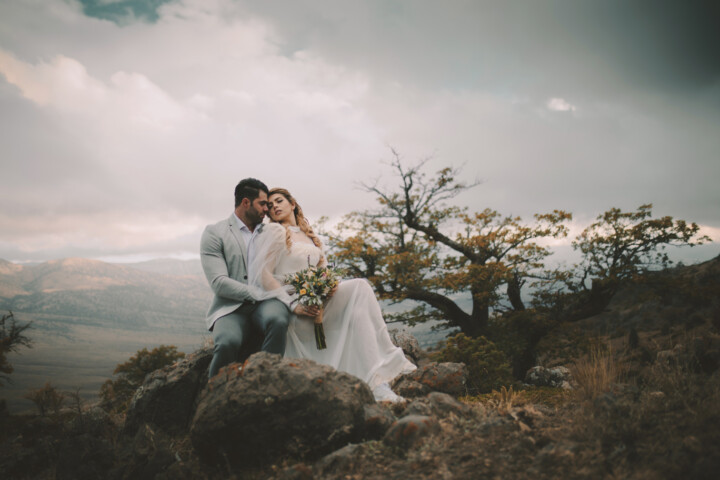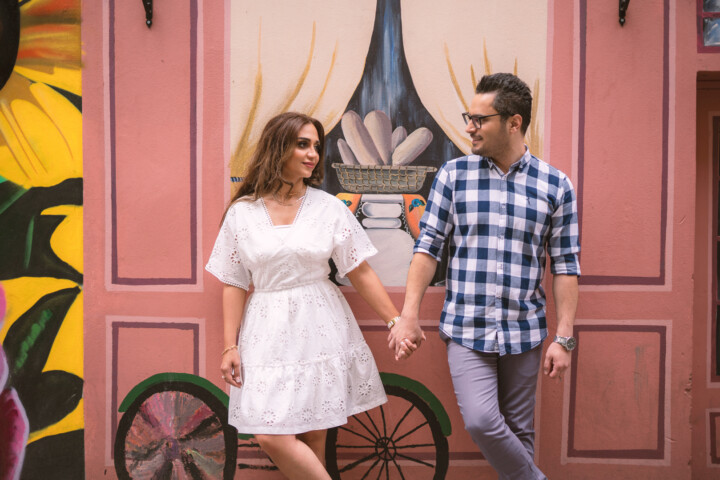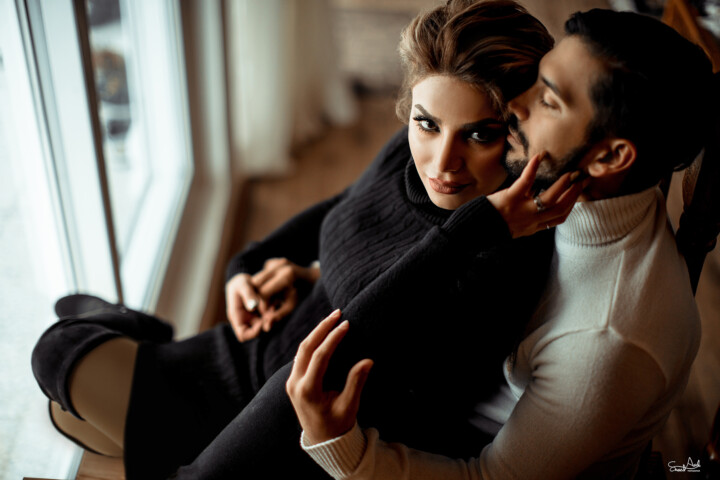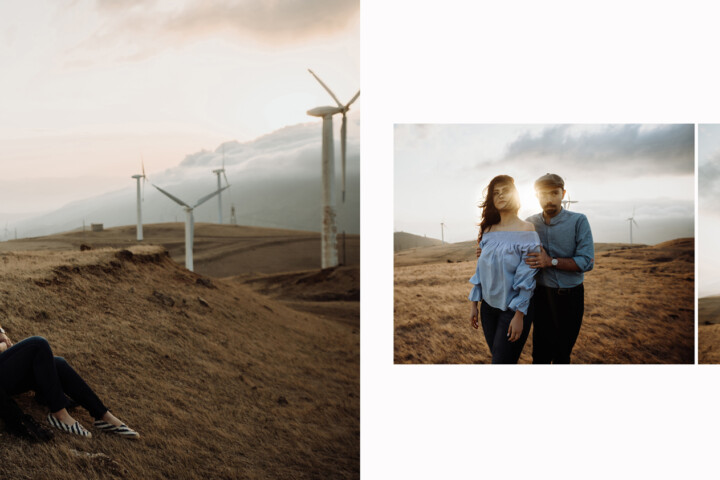Best Dubai wedding photographers
Best Dubai Wedding Photographers: Capturing Your Precious Moments
Date: January 16, 2025
Planning a wedding in Dubai or the UAE? Finding the best Dubai wedding photographer is a crucial step to ensure your cherished moments are beautifully captured. Dubai, Abu Dhabi, Sharjah, Ras Al Khaimah, and Ajman offer stunning backdrops for your big day, from luxurious hotels to breathtaking beaches and desert landscapes. Whether it’s a grand event or an intimate gathering, professional wedding photographers and filmmakers in the UAE are equipped to turn your memories into timeless treasures.
Why Choose a best Wedding Photographers in Dubai?
Weddings are among life’s most significant events. A professional wedding photographer and videographer can:
- Capture Every Detail: From the intricate details of your wedding dress to the emotions on your loved ones’ faces.
- Create Stunning Visuals: Skilled photographers and filmmakers use advanced techniques to produce magazine-worthy images and cinematic wedding films.
- Handle Challenging Conditions: Dubai’s bright sun and varied lighting require technical expertise for perfect shots.
- Preserve Authentic Emotions: The right photographer knows how to capture candid moments that reflect genuine emotions.
Top Locations for Best Wedding Photographers in Dubai & the UAE
Dubai and its surrounding cities offer diverse and iconic settings:
1. Dubai
- Burj Khalifa: The world’s tallest building provides a modern and glamorous backdrop.
- Palm Jumeirah: Perfect for waterfront ceremonies and breathtaking aerial shots.
- Dubai Desert: Golden dunes create magical landscapes for pre-wedding and wedding photos.
2. Abu Dhabi
- Sheikh Zayed Grand Mosque: A magnificent setting with intricate Islamic architecture.
- Saadiyat Beach: Ideal for romantic beachside wedding photography.
3. Sharjah
- Sharjah Heritage Area: Traditional and cultural vibes for unique wedding shoots.
- Al Noor Island: Lush gardens and modern sculptures enhance any photoshoot.
4. Ras Al Khaimah
- Jebel Jais: Capture adventurous wedding shots with mountain vistas.
- Al Marjan Island: A picturesque waterfront location for serene images.
5. Ajman
- Ajman Beach: Soft sands and gentle waves make for dreamy wedding visuals.
- Heritage Village: Adds cultural depth to your wedding album.
Steps to Hire the Best Wedding Photographers in Dubai
- Define Your Style: Do you prefer traditional photography, candid moments, or cinematic videography?
- Research: Explore portfolios on websites like www.saeedarab.com to find photographers who match your vision.
- Ask for Recommendations: Word of mouth is valuable when seeking trusted professionals.
- Discuss Packages: Many photographers offer customizable packages that include pre-wedding shoots, event coverage, and post-production.
- Review Testimonials: Client reviews provide insight into a photographer’s reliability and quality.
- Book Early: Top photographers in Dubai are in high demand, especially during peak wedding seasons.
Benefits of Pre-Wedding Photography in the UAE
Pre-wedding shoots have gained popularity for good reasons:
- Storytelling: Capture the couple’s journey before the big day.
- Scenic Locations: Use iconic UAE landmarks as your backdrop.
- Stress-Free Environment: No wedding-day rush means more relaxed and creative poses.
- Personal Touch: Incorporate hobbies, cultures, or themes that define your relationship.
What Sets Dubai Wedding Filmmakers Apart?
Dubai’s wedding filmmakers are renowned for their creativity and professionalism. Their services include:
- Event Videography: Covering ceremonies, receptions, and more.
- Cinematography: Crafting cinematic films with advanced equipment and editing.
- Drone Shots: Adding breathtaking aerial views to your wedding film.
- Tailored Storytelling: Films designed to reflect the couple’s unique love story.
Frequently Asked Questions (FAQs)
1. What is the average cost of best wedding photographers in Dubai?
Wedding photography costs vary depending on the package, duration, and services. Packages typically range from AED 10,000 to AED 50,000.
2. How early should I book a best wedding photographers in Dubai?
It’s advisable to book 6-12 months in advance, especially if your wedding falls during peak season.
3. Do Best Dubai photographers offer destination wedding services?
Yes, many photographers travel to international locations, including Istanbul, for destination weddings.
4. Can I customize my wedding photography package?
Absolutely. Most photographers offer customizable packages to suit your needs.
5. What should I look for in Best wedding photographers portfolio?
Look for a consistent style, attention to detail, and the ability to capture emotions.
Dubai and the UAE offer endless opportunities for stunning wedding photography. Whether you’re planning an extravagant celebration or an intimate gathering, hiring the best Dubai wedding photographer ensures your memories are beautifully preserved. Visit www.saeedarab.com to explore premium wedding photography services tailored to your needs.
The Ultimate Wedding Photographers Guide: Everything You Need to Create Timeless Memories (2025)
 Wedding photography needs technical excellence paired with a keen eye to capture genuine emotions and spontaneous moments that weave a couple’s story together. The stakes keep getting higher each year, as shown by global events like the International Wedding Photographer of the Year Awards that give over $20,000 in prizes.
Wedding photography needs technical excellence paired with a keen eye to capture genuine emotions and spontaneous moments that weave a couple’s story together. The stakes keep getting higher each year, as shown by global events like the International Wedding Photographer of the Year Awards that give over $20,000 in prizes.
Success in this field goes beyond having great equipment, whether you’re learning wedding photography in Dubai or focusing on pre-wedding shoots. Every detail matters – from handling multiple camera bodies to becoming skilled at high ISO settings when light conditions get tricky.
This piece gives you the knowledge to direct your way through wedding photography’s challenges. You’ll discover everything from picking the right gear to understanding cultural nuances, which helps you create lasting memories your clients will treasure.
Essential Equipment and Technical Setup
Your wedding photography success starts with the right equipment. A dependable camera system and versatile lenses will prepare you for every moment.
Camera Bodies and Lenses for Wedding Photographers
We focused on full-frame sensors because they work best in low light and give you better depth of field control [1]. Mirrorless cameras are great with their silent shooting and compact size, but you’ll need extra batteries since they use more power [1].
The right lens combination makes all the difference. A 70-200mm f/2.8 shines during ceremonies and lets you capture intimate moments without getting in the way [2]. A 50mm prime lens works wonders in low light, and the 24-70mm f/2.8 helps you handle tight spaces effectively [2].
Lighting Equipment and Backup Gear
Quality images depend on proper lighting equipment. A solid setup has portable strobes, softboxes that diffuse light, and sturdy light stands at least 10 feet tall [3]. On top of that, backup gear helps you avoid technical problems during the event.
Cameras with dual card slots protect you from data loss [4]. You should keep your memory cards separate during events – one set in cameras and another in a secure card wallet. This gives you vital redundancy [4].
Wedding Photographers Packages Dubai: What to Include
Dubai’s wedding photography packages come in three tiers. Standard packages start at AED 4,000 and have 5 hours of coverage with two photographers [5]. Premium packages cost AED 10,000 and give you 10 hours of coverage with both photography and videography services [5].
Most complete packages have:
- Unlimited high-resolution edited pictures
- Magazine-style printed album
- Password-protected online gallery
- One-year cloud backup [5]
Your packages should spell out deposit requirements and payment methods clearly. They should also be flexible enough to handle specific cultural needs or destination wedding plans [6].
Mastering Wedding Photography Techniques
Wedding photography success depends on becoming skilled at everything in techniques that combine technical precision with artistic vision. A photographer’s ability to adapt to different scenarios will give a consistent, high-quality results throughout the wedding day.
Camera Settings for Different Wedding Scenarios
Shooting in manual mode gives you complete control over exposure and consistency in your images [7]. Wedding photographers prefer wider apertures like f/1.8 or f/2.8 to create a shallow depth of field during indoor ceremonies [8]. Your original ISO settings between 3200 and 6400 help maintain image quality in low-light conditions without affecting shutter speed [7].
The choice of focus mode is a vital element – continuous autofocus (AF-C) works best at tracking moving subjects, especially during dynamic moments like the first dance [7]. Spot metering helps achieve proper exposure with backlit subjects or high-contrast scenes [7].
Composition and Framing Guidelines
Frame-in-frame photography adds depth to wedding images by using natural elements like archways or decorative features [9]. Negative space creates breathing room around subjects and works great when highlighting intimate moments or wedding details [10].
The center-dominant eye composition draws viewers toward emotional expressions and captures heartfelt exchanges during ceremonies perfectly [9]. Positioning couples slightly off-center within natural frames adds dimension and creates compelling portraits [9].
Capturing Candid Moments Effectively
Silent shooting mode on mirrorless cameras is a great way to get genuine moments without disruption [7]. Authentic interactions happen when photographers blend into the background and anticipate moments before they unfold [11].
Building a connection with wedding guests naturally helps subjects feel relaxed and results in more authentic photographs [11]. You can predict candid moments by observing body language and facial expressions carefully [11].
The couple can create natural-looking photos by:
- Focusing on each other rather than the camera
- Having conversations while walking
- Sharing genuine laughter and movement [12]
Pre-Wedding Photography Essentials
Pre-wedding photography gives couples a perfect chance to capture their special moments before their big day. A well-planned shoot will create lasting memories and provide stunning images for wedding invitations and reception displays [13].
Planning the Perfect Pre-Wedding Shoot
The right timing makes a significant difference in pre-wedding photography. You should schedule your shoot six months before the wedding day [14]. Dubai’s cooler months from October to April provide moderate temperatures and softer lighting conditions [13]. Summer months need early morning or late afternoon sessions to avoid harsh sunlight.
Good preparation goes beyond picking dates. Your makeup trial should happen before the actual shoot. The outfits need to complement each other without looking too matched. The best approach is to keep outfit changes between 3-5 sets to maximize shooting time [15].
Location Scouting in Dubai
Dubai provides amazing backdrops for pre-wedding photography, from modern architecture to traditional settings. The city’s most popular locations include:
- Burj Khalifa and Dubai Fountain – Perfect for glamorous evening shots
- Dubai Miracle Garden – Available during cooler months with unique floral designs
- Desert Conservation Resort – Features pristine sand dunes and wildlife
- Madinat Jumeirah – Showcases classic Arabic architecture
- Dubai Creek – Combines modern and traditional elements [13]
Some locations need specific permits or entrance fees. You should contact venue management early to understand photography guidelines and required permissions [13].
Creating a Shot List and Timeline
A complete shot list will ensure you capture all important moments. Start with detail shots of outfits and accessories, then move to individual portraits. Couple shots with various poses and backgrounds should follow [16].
The best time allocation includes:
- 1-1.5 hours before departure for preparation shots
- 45-60 minutes for each main location
- 20-30 minutes for outfit changes and transitions [16]
An emergency kit with makeup essentials and comfortable footwear options helps immensely. Stay hydrated throughout the shoot and check photos between locations to ensure desired results [14]. This organized approach creates a smooth pre-wedding photography experience that captures your unique love story.
Cultural Wedding Photography Tips
Photography at cultural weddings needs a special mix of technical skills and cultural awareness. Photographers should immerse themselves in various traditions to create authentic, meaningful images.
Understanding Different Wedding Traditions
Cultural proficiency goes beyond fundamental photography skills. Photographers need to research and understand specific cultural practices before the event [17]. Hindu weddings feature the Saat Phere, Jewish ceremonies include the Ketubah Signing, and Chinese celebrations have the Tea Ceremony [17].
Strong relationships with families are essential because multicultural weddings often involve extended family members and several key figures [17]. Photographers should avoid making assumptions about traditions based on appearances. People from the same region might celebrate differently or follow various religions [1].
Photographing Multi-Day Ceremonies
Light conditions change greatly across cultural ceremonies, from dimly lit temples to vibrant outdoor celebrations [17]. Photographers need versatile equipment that includes:
- Fast lenses for low-light conditions
- External flashes for varying environments
- Reflectors for balanced lighting
- Wide-angle lenses for large group portraits [17]
Respect for cultural norms remains paramount. Photographers should ask about dress codes, photography restrictions in places of worship, and specific guidelines from religious leaders [17]. Knowledge of symbolism, from intricate henna designs to traditional attire, helps capture meaningful details with deep significance [17].
Destination Wedding Photography Considerations
Destination weddings often turn into multi-day celebrations, usually lasting three days or more [18]. Photographers should be ready to document welcome dinners and after-parties. These events create opportunities for more relaxed, candid moments [18].
Local customs and weather patterns play a vital role in destination wedding success. Photographers must research typical weather conditions during the planned wedding dates and prepare the right equipment [19]. Working with local vendors and wedding planners helps handle location-specific challenges and cultural expectations [19].
Regular contact with couples and planners before the event ensures everyone knows about schedules, specific cultural requirements, and any last-minute changes that might affect photography plans [19].
Post-Production Workflow
Post-production is a vital phase that turns raw captures into polished wedding memories. A systematic approach will give consistent quality and timely delivery to eager couples.
Image Selection and Culling Process
Professional photographers use a two-round culling strategy to process thousands of wedding photos quickly [20]. The first round separates potential keepers from technical mishaps and removes blurred images and closed eyes. The second round needs a more detailed evaluation where photographers pick the absolute best shots that tell the complete wedding story [21].
The quickest way to organize images is by:
- Getting ready moments
- Ceremony shots
- Reception celebrations
- Portrait sessions
Photographers want to deliver between 50-100 images per hour of coverage [22]. Clear folder structures and naming conventions help the workflow run smoothly.
Color Grading and Style Development
A signature style starts with understanding color theory and how it affects emotional storytelling. Photographers now focus on developing presets that show their unique artistic vision while keeping consistency in all images [2].
The color grading process works with three key areas:
- Shadows: Often tinted with cooler tones for depth
- Midtones: Balanced for natural skin tones
- Highlights: Slightly warmed for a romantic feel [23]
Photographers employ advanced tools like Lightroom’s color grading panel to get precise control over different tonal ranges. This creates cohesive looks that boost the wedding day’s atmosphere without affecting natural skin tones [24].
Delivery and Album Design
Modern delivery methods have changed to meet client expectations for quick access to their memories. Photographers now use online gallery systems that let clients view and download images [25]. These platforms include features for image selection, commenting, and direct print ordering.
Wedding album design focuses on storytelling through thoughtful image placement. The process starts by selecting key moments that capture how the day unfolds [26]. Professional albums include:
- Clean layouts with minimal overlapping
- Consistent spacing between images
- Strategic use of white space
- Natural flow of events [27]
Photographers share preview galleries within 24-48 hours of the event [28]. Complete galleries follow within 4-6 weeks, based on the season and workload [22]. Backup systems protect client memories throughout the editing process until final delivery [25].
Conclusion
Wedding photography just needs both technical excellence and artistic vision to create lasting memories. Photographers can deliver exceptional results that truly capture a couple’s special day through careful equipment selection, mastery of key techniques, and understanding of cultural nuances.
Quality results come from preparation and attention to detail. A well-laid-out approach from pre-wedding shoots to post-production workflow will give a consistent quality that makes clients happy. On top of that, it helps to stay current with trends while keeping a timeless appeal. This creates photographs couples will treasure for generations.
Professional wedding photographers never stop learning and adapting. They must combine technical expertise with cultural sensitivity whether they’re shooting traditional ceremonies or destination weddings. To get individual-specific guidance on your photography experience, reach out to me on WhatsApp. Let’s talk about your specific needs and vision.
Every wedding tells its own unique story. Photographers can capture authentic moments that become cherished memories with the right mix of equipment, technique, and artistic vision. Clear communication with couples throughout the process helps deliver results that go beyond expectations and build lasting client relationships.
FAQs
Q1. What essential equipment do I need for wedding photography?
For wedding photography, you’ll need a full-frame camera, versatile lenses like a 70-200mm f/2.8 and a 50mm prime, portable lighting equipment, and backup gear. Don’t forget memory cards with dual storage for added security.
Q2. How can I capture candid moments effectively during a wedding?
To capture genuine candid moments, use silent shooting mode, blend into the background, and anticipate interactions. Observe body language and facial expressions to predict when natural moments might occur. Encourage couples to focus on each other rather than the camera for more authentic shots.
Q3. What should I consider when planning a pre-wedding photoshoot?
Plan the pre-wedding shoot about six months before the wedding day. Choose locations that reflect the couple’s personality, coordinate outfits, and limit changes to 3-5 sets. Create a shot list and timeline, allocating sufficient time for each location and outfit change.
Q4. How do I approach photographing multicultural weddings?
Research and understand specific cultural practices beforehand. Be prepared with versatile equipment for different lighting conditions. Respect cultural norms, dress codes, and any photography restrictions. Build strong relationships with families and be open to learning about diverse traditions.
Q5. What’s involved in the post-production workflow for wedding photography?
The post-production workflow includes a two-round culling process, color grading to develop a signature style, and designing cohesive wedding albums. Deliver preview galleries within 48 hours and complete galleries in 4-6 weeks. Use online gallery systems for easy client access and maintain secure backups throughout the editing process.
References
[1] – https://kathryncooperweddings.com/multicultural-wedding-photographer/
[2] – https://photographyreference.com/weddings/developing-a-creative-wedding-photography-style/
[3] – https://adorama.com/alc/lighting-wedding-photography-guide/
[4] – https://michaelcaswell.com/info/photographers/backups
[5] – https://splashwedding.com/wedding-packages-dubai
[6] – https://purity-weddings.com/a-comprehensive-guide-to-wedding-photography-packages
[7] – https://orionphotogroup.com/blogs/a-comprehensive-guide-on-camera-settings-for-every-wedding-scenario/
[8] – https://bergreenphotography.com/wedding-settings-guide-for-photographers/
[9] – https://shootdotedit.com/blogs/news/creative-framing
[10] – https://promediagear.com/blogs/guides/wedding-photography-composition-tips-and-techniques?srsltid=AfmBOophyS3p0sFpL8356d_Chg1bx_p17UlzcZrgw7_A32f9_J-A8XOw
[11] – https://katykahlaphotography.com/blog/how-to-capture-candid-moments-a-guide-for-wedding-photographers
[12] – https://jenniferjanephotography.co.uk/natural-wedding-photos-and-how-to-achieve-them/
[13] – https://arabiaweddings.com/tips/20-great-locations-your-pre-wedding-photoshoot-dubai
[14] – https://onethreeonefour.com/blog/pre-wedding-photoshoot-guide/
[15] – https://celebrationkart.in/post/5-practical-tips-for-perfect-pre-wedding-shoot
[16] – https://micaelakarina.com/wedding-photography-timeline/
[17] – https://ondistudio.com/how-to-photograph-multicultural-weddings-tips-and-inspiration/
[18] – https://wedinspire.com/articles/guide/destination-wedding-photography-before-during-and-after/
[19] – https://swiftgalleries.com/business-fundamentals/considerations-for-destination-wedding-photography/
[20] – https://hunterandsarah.com/post-production-secrets-3/
[21] – https://petapixel.com/how-to-cull-and-edit-wedding-photos-quickly/
[22] – https://shootdotedit.com/blogs/news/wedding-photography-post-processing-workflow
[23] – https://weddingrebels.co/blogs/lightroom/how-to-color-grade-lightroom?srsltid=AfmBOooYI9qvhRdTVSHd3RvqIJvCJr5pMVYY-m0Rh5WstZ7eJVtJqIYP
[24] – https://amateurphotographer.com/technique/photo_editing/how-to-do-color-grading/
[25] – https://framebird.io/blog/deliver-wedding-photos-to-clients
[26] – https://milkbooks.com/blog/wedding/how-to-create-the-perfect-wedding-album/?srsltid=AfmBOorybZYWFapVL20uq9lreyIb3lmflCkNk8M4XbUoKzPi4l5-_BzT
[27] – https://floragibson.com/blog/5-tips-to-design-a-timeless-wedding-album
[28] – https://digital-photography-school.com/how-to-edit-and-deliver-wedding-photographs-in-one-day/












